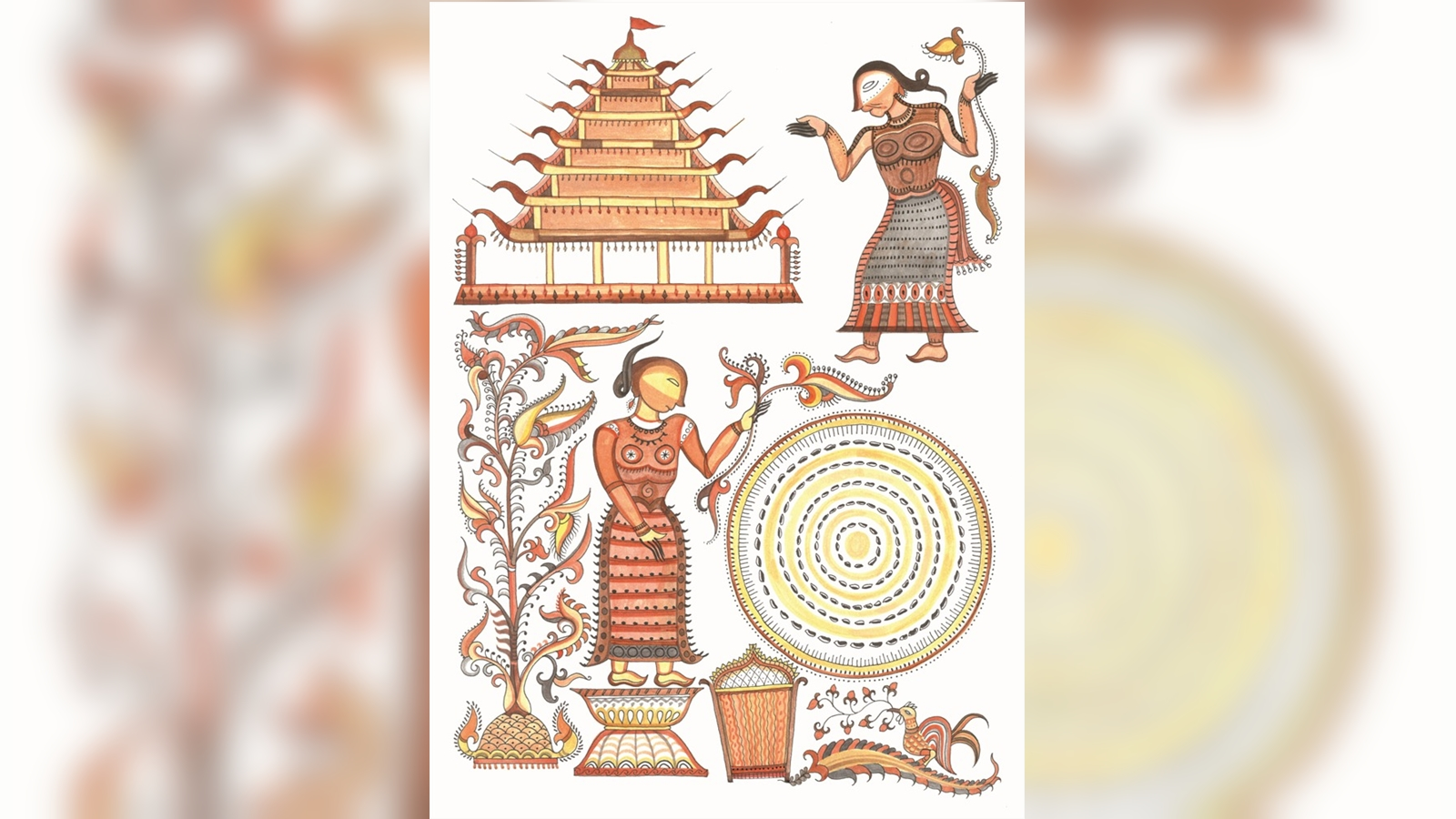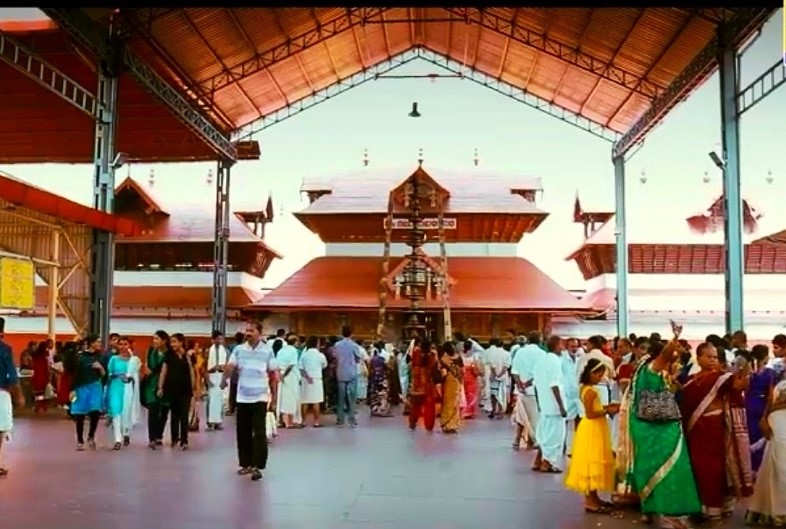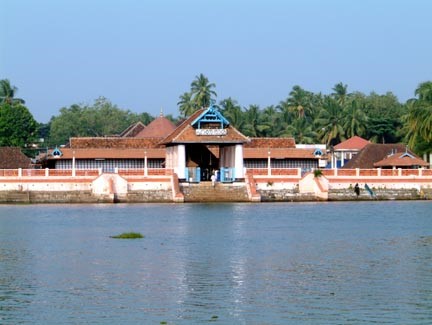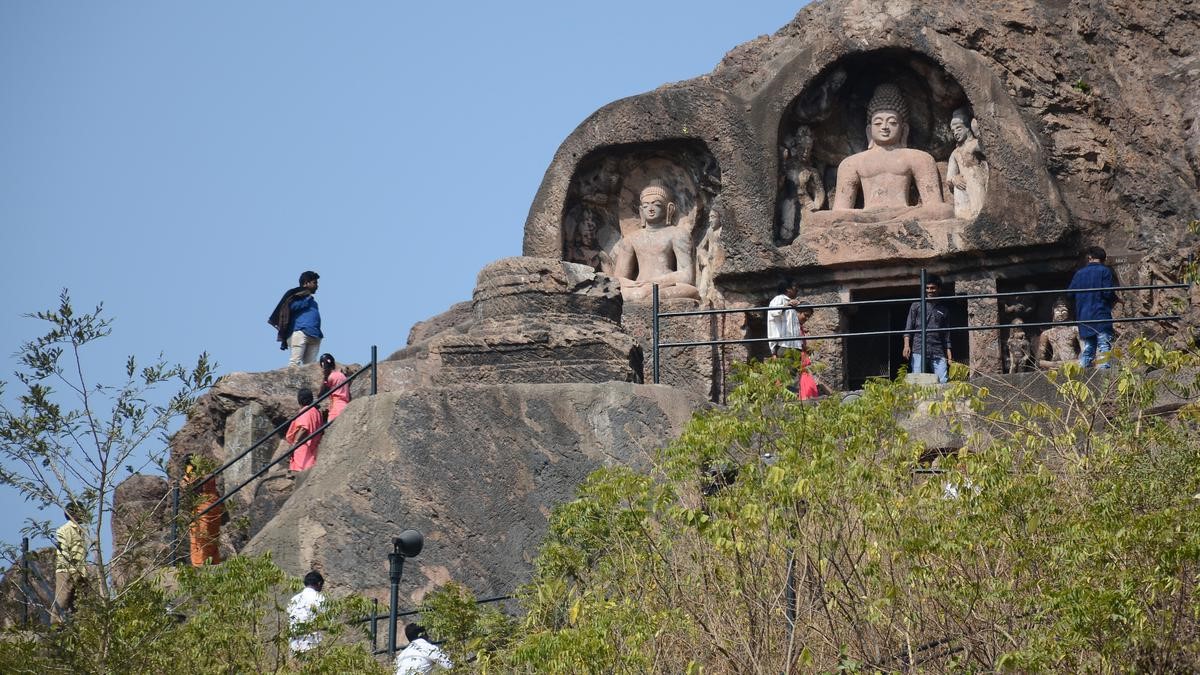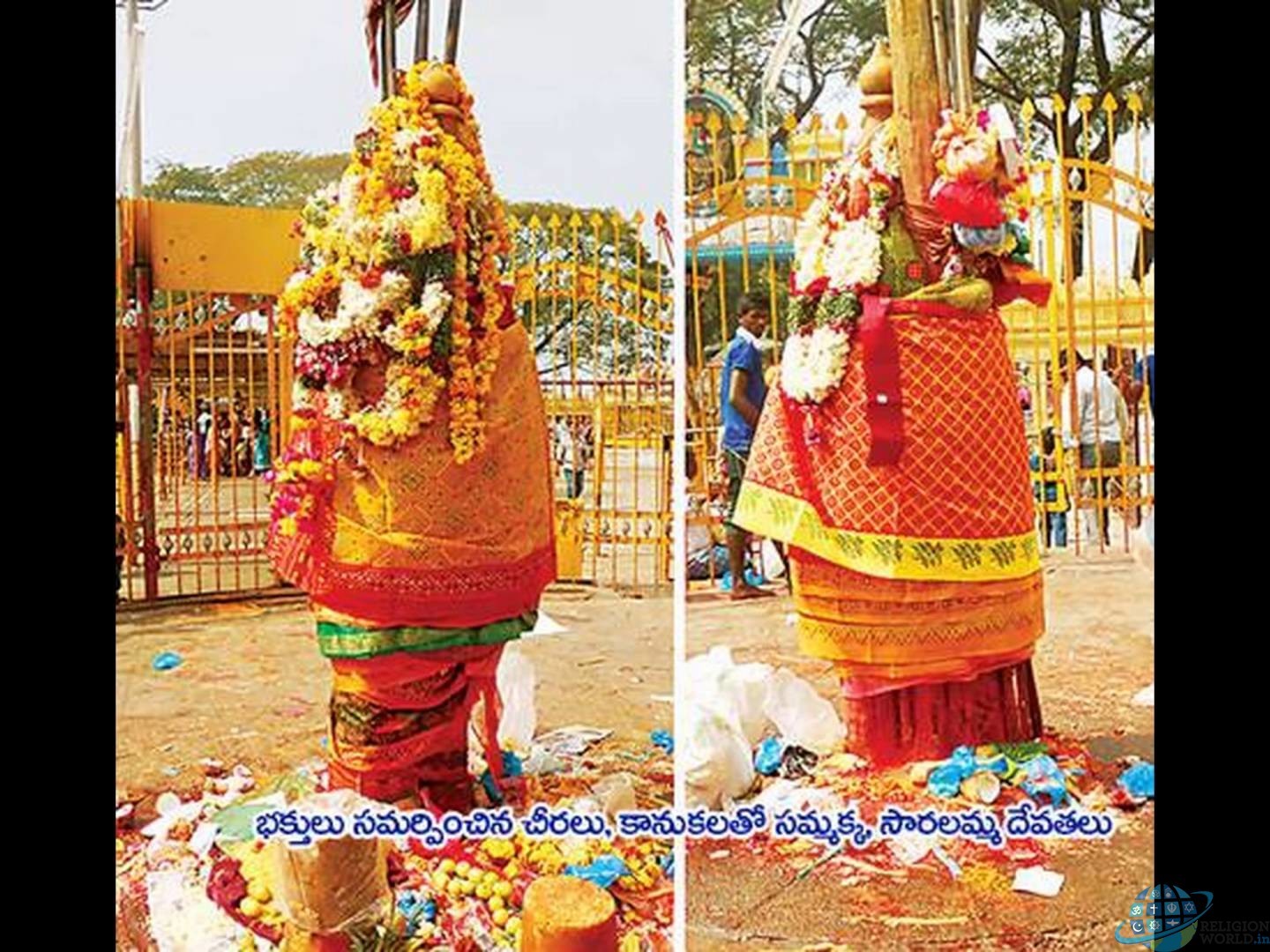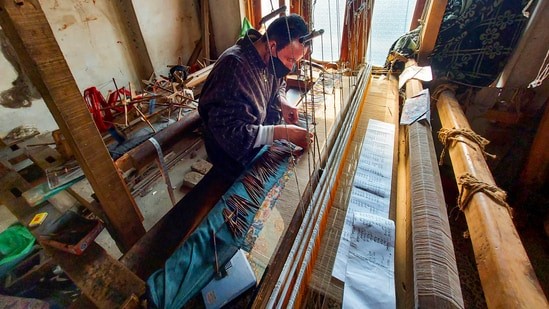Description
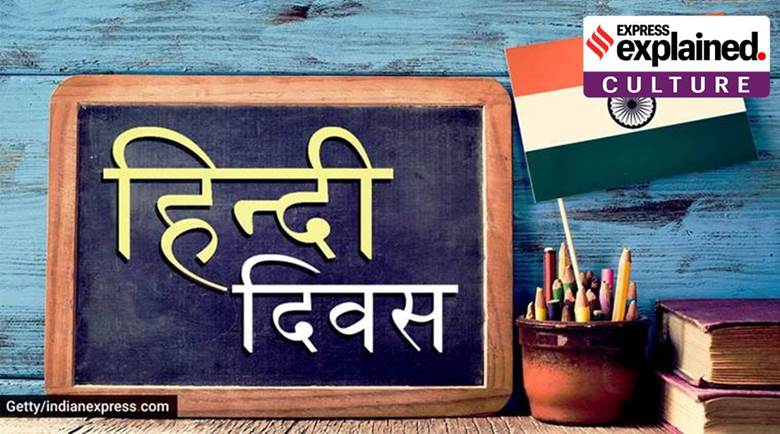
Copyright infringement not intended
Context: The annual celebration of Hindi Diwas commemorates September 14, 1949, the day when the Constituent Assembly of India took the decision to make Hindi the official language of the Union government, while English was to hold the status of associate language for 15 years.
Details:
- It was a compromise, famously called the Munshi-Ayyangar formula, named after the drafting committee members K M Munshi and N Gopalaswamy Ayyangar, that took into account the demands of the Hindi protagonists and the delegates from South India who wished English to have a Constitutional status.
- The debate over the predominance of Hindi was hardly new. From the mid- 1800s onwards, it was in conflict with Urdu in those parts of the subcontinent that we today call the ‘Hindi belt’.
The Hindi-Urdu tug-of-war
- Urdu had been the language of polite culture over a big part of North India, for Hindus quite as much for Muslims.
- In the period between 1881-90 twice as many Urdu books had been published in the United Provinces as Hindi. The same was true for newspapers as well. There existed 16,256 Urdu newspapers in circulation in comparison to 8002 ones in Hindi.
- Things began to change with the English East India Company (EIC) making inroads in the Indian subcontinent.
- In the mid-1800s when the EIC started consolidating its position in India, large parts of the country were under the Mughal rule with Persian as the official court language.
- By the 1830s, the EIC replaced Persian with English at the higher levels of administration and the local vernaculars would be in usage in the lower levels.
- Given the existing popularity of Urdu among the local population of North India, it came to enjoy a newfound predominance in lower levels of government service.
- The socio-political changes in North India in the mid-19th century were accompanied by a rapid expansion of the government education system with its bifurcation of the two vernaculars, Hindi and Urdu.
- While both the languages were not exclusive to any particular community, surveys of the period noted how those belonging to Brahmin, Rajput and Baniya castes were more likely to go to Hindi schools, while the Persian and Urdu schools were more popular among the Muslims and Kayasthas.
- Consequently, the latter communities found it easier to be employed in government services.
- The desire to find a place in the administration prompted many proponents of Hindi to spell out its merits, including the fact that it was the language of the original inhabitants of the subcontinent, and that it was subdued in the course of the Mughal rule.
- Those like Bhartendu Harishchandra, who is known as the father of Hindi Literature, and Pandit Madan Mohan Malviya, who established the Akhil Bhartiya Hindu Parishad, were key figures in the movement to popularise Hindi.
- Organisations such as the Nagari Pracharini Sabha Banaras, Hindi Sahitya Sammelan in Allahabad and Rashtra Bhasha Prachar Samiti cropped up in large parts of North India with the specific objective of furthering the case for Hindi.
- Finally in 1900, the government of the North West Provinces and Oudh gave equal status to the Devanagari and Urdu script, much to the disappointment of the Muslims in the region who came to believe that their language was at the risk of being extinct
- Many argue that the seeds of the Hindu-Muslim conflict that culminated in the Partition of the subcontinent, lay in the Hindi-Urdu debate of the 19th century. The linguistic dichotomy gained further currency when Pakistan opted for Urdu as its official language and India chose Hindi.

Post-1947 debate over Hindi
- The choice to make Hindi the official language of an independent India was rooted in the necessity of finding a unifying force in a country with diverse languages, scripts and dialects.
- Since Hindi was the spoken language of large parts of North India, it was seen as a safe option for the national linguistic unification of the country.
- However, large parts of the non-Hindi speaking regions of the country were unhappy with the idea.
- Between September 12 and 14, 1949, that the Constituent Assembly of India debated the status of India’s languages. Among the issues that were discussed were the use of the term ‘national language’, instead of ‘official’ language; Hindi vs languages such as Bengali, Telugu, Sanskrit, or Hindustani; Devanagari script vs the Roman script; the language to be used in the higher judiciary and Parliament; international numerals vs those in Devanagari script.
- Finally a compromise was reached wherein English along with Hindi was made the official language of India for a period of 15 years. At the completion of the period, Hindi would replace English as the only language to be used for official purposes.
- Further, Article 351 of the Constitution asked for the promotion and development of the Hindi language in a way that it could serve as a means of expression in all matters.
From protests to Hindi Diwas
- When the 15 year period came to an end protests broke out over the fear of imposition of Hindi in large parts of non-Hindi speaking India, particularly in Tamil Nadu.
- Riots broke out in Madurai in January 1965 and soon spread to Madras. The resistance resulted in the Centre passing the Official Languages Act, which stated that English would continue to be upheld as official language along with Hindi.
- In the years that followed, the government has made several efforts to propagate Hindi as the unifying language of India, the celebration of Hindi Diwas being one among them.
Hindi’s reach:
- Hindi is the fourth most spoken language in the world, and is written in Devanagari script. The language got its name from the Persian word 'Hind' - meaning 'land of the Indus River', and is a descendant of Sanskrit.
- Turk invaders in the early 11th century named the language of the region Hindi, 'language of the land of the Indus River'.
- Hindi is also spoken in some countries outside India, such as in Mauritius, Fiji, Suriname, Guyana, Trinidad & Tobago and Nepal.
- Hindi in its present form emerged through different stages, during which it was known by other names. The earliest form of old Hindi was Apabhramsa. In 400 AD Kalidas wrote a romantic play in Apabhramsa called Vikramorvashiyam.
- The modern Devanagari script came into existence in the 11th century.
- The 2011 linguistic census accounts for 121 mother tongues, including 22 languages listed in the 8th Schedule of the Constitution.
- Hindi is the most widely spoken, with 52.8 crore individuals, or 43.6% of the population, declaring it as their mother tongue. The next highest is Bengali, mother tongue for 9.7 crores (8%) — less than one-fifth of Hindi’s count.
- In terms of the number of people who know Hindi, the count crosses more than half the country. Nearly 13.9 crore (over 11%) reported Hindi as their second language, which makes it either the mother tongue or second language for nearly 55% of the population.
- Hindi has been India’s predominant mother tongue over the decades, its share in the population rising in every succeeding census.
- In 1971, 37% Indians had reported Hindi as their mother tongue, a share that has grown over the next four censuses to 38.7%, 39.2%, 41% and 43.6% at last count.
- Between 1971 and 2011, the number of individuals who declared their mother tongue as Hindi multiplied 2.6 times, from 20.2 crore to 52.8 crore. The numbers more than doubled for Punjabi, Maithili, Bengali, Gujarati, and Kannada, and almost doubled for Marathi.
- English, alongside Hindi, is one of the two official languages of the central government, but it is not among the 22 languages in the 8th Schedule. It is one of the 99 non-scheduled languages. In terms of mother tongue, India had just 2.6 lakh English speakers in 2011. As a second language, 8.3 crore spoke it in 2011, second only to Hindi’s 13.9 crore.
What are the Government Initiatives to Promote Hindi?
- The Central Hindi Directorate was established in 1960 by the Government of India under the Ministry of Education to promote and propagate Hindi.
- Indian Council for Cultural Relations (ICCR) has established ‘Hindi Chairs’ in various foreign universities/institutions abroad to promote Hindi language in foreign countries.
- LILA-Rajbhasha (Learn Indian Languages through Artificial Intelligence) is a multimedia based intelligent self-tutoring application for learning Hindi.
- E-Saral Hindi Vakya Kosh and E-Mahashabdkosh Mobile App, both initiatives of the Department of Official
- Language, aim to harness information technology for the growth of Hindi.
https://indianexpress.com/article/explained/explained-culture/explained-hindi-diwas-and-the-history-of-the-debate-over-hindis-status-8150724/








